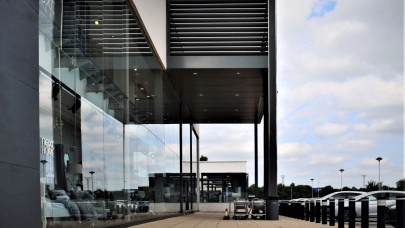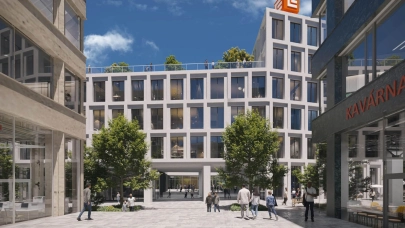
Romania's housing market faced a significant imbalance in 2024, with new home deliveries falling 15% nationwide and over 20% in Bucharest, while demand rose by 7%, finds a Colliers report.
This growing deficit is fueled by challenges such as limited access to financing, high construction material costs, and bureaucratic hurdles, which are hindering future development.
"Although housing deliveries remain above the average of the last decade, the gap with demand is becoming more evident," says Gabriel Blăniță, Director & Advisory Services at Colliers Romania.
"Bucharest is feeling this trend most strongly, with high demand but limited development due to reduced land availability, strict regulations, and rising construction costs," he added.
The real estate market showed varied performance across cities. Bucharest saw a 5% increase in apartment transactions, while Cluj and Timișoara experienced 3-4% growth. Iași recorded the most significant jump, with a 40% surge driven by the delivery of a large number of new homes attracting buyers.
With limited housing availability and affordability challenges, the rental market is gaining traction. This trend is expected to continue in 2025, with limited supply and strong demand keeping upward pressure on prices.
"The rental market in Bucharest is following the pattern of more developed markets in Central and Eastern Europe," adds Blăniță. "In the long term, population growth, concentrated in major cities, maintains high demand in the residential market."
Colliers consultants anticipate that, barring a major economic crisis, this trend will persist in 2025. Demand will remain robust, supported by rising wages and the increasing need for housing. However, supply is projected to continue to decline, leading to further price increases and reduced housing affordability, especially in central areas.



